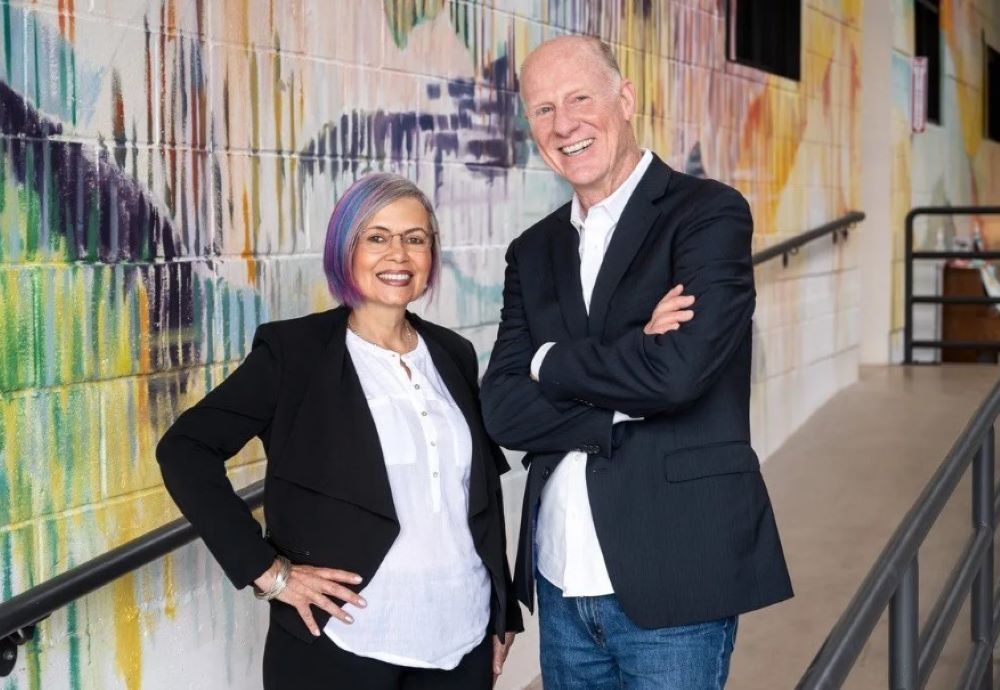Ride out the bumps on the road to innovation
While on vacation, Mary Anderson had an idea that would pervade an industry, save lives and make someone rich. She did all the right things – had it recorded, designed and engineered. Her patent was accepted and strong. In fact, she did what every startup still does 112 years later. Mary pushed hard and wrote letters; cajoled and pleaded her case; replanned and redesigned the product. In 1903, they didn’t call it a pitch, but she pitched. Unfortunately, she never saw a dime.
Like gazing at baby pictures, a historical look at innovation fills us with surprise, even sadness. Good people worked hard to bring useful ideas to market. Some, like Benjamin Franklin, refused to patent many ideas, such as the Franklin Stove, so the public could quickly benefit. Other breakthroughs, such as the metallic fastener without hooks, are tinged with uncertainty as to the original creator or owner.
Swedish-American engineer Gideon Sundback must have smiled after getting credit for the lowly slide fastener. Although Witcomb Judson also is credited with the invention, Sundback’s metallic fastener without hooks began to catch on. B.F. Goodrich took out its own patent for the version used on its galoshes and actually named it the zipper.
SPONSORED CONTENT
This story is typical of the invention process. It is even more typical of the monetizing process. Someone, somewhere along the way stitches together fragments of novel ideas. Alone, each idea fails to open wallets, checkbooks or payment apps. But someone works hard, thinks clearly and patiently waits while the stew of ideas matures. Then, at the perfect time, dictated by the market, they pounce and benefit from an idea they did not create.
Years ago, I heard a fascinating talk by a high-technology executive, called “The idea is not the innovation.” His premise made me think how today’s innovator has to digest three parts of this beast we call innovation to have any chance at harnessing the idea and leveraging it for the future. The remedy, the memory and the money sum up what I believe is needed to make innovation work – and last.
The remedy is the solution to a current or future problem, need or want. It’s what most of us recognize as the “wow” factor. A remedy fills a void and makes life easier or business more productive. Alone, it is the “better mousetrap” kind of thinking where the great product or killer app will save the day. Unfortunately, it’s almost never enough.
The memory is the branding of the idea so that the public knows where it came from and the owner or originator can protect and leverage the results. The memory connects the originator to the idea to the final product.
The money part of innovation includes the capital, margins and profits required to continue or leverage this and future innovations. Most ideas simply evaporate, partly because of the lack of skill or attention around money.
Mary Anderson’s patent for a “window cleaning device” ran out. Tired, hurt and dispirited, she saw no purpose in renewing it. She must have reasoned that the Canadian automaker who wrote back that they “saw no commercial value” in the device must have been right. About the same time, the auto industry revved up – and almost all included Anderson’s windshield wipers.
Innovation can leave scars. Be proud if you have sad reminders of brilliant failures; that’s what gave you the thick skin to go another round. Most innovation that works doesn’t come from your first attempt. It’s risky to do unusual things. It’s even riskier not to do them.
Fortune can be fickle. At least Gideon Sundback shared in the glory of the invention of the separable fastener. Anderson finished out her years managing an apartment complex in Birmingham, Ala.
Rick Griggs is the inventor of the rolestorming creativity tool and founder of the Quid Novi Innovation conference. Contact him at rick@griggsachieve.com or 970-690-7327.
Ride out the bumps on the road to innovation




